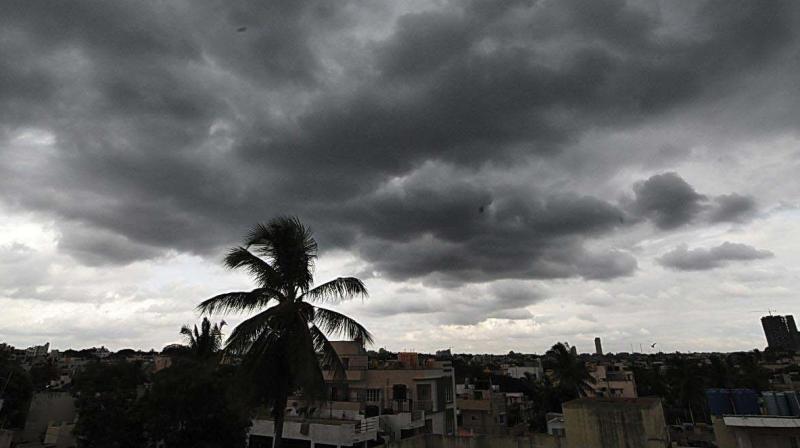Bengaluru: Garden city weighed down by brick and mortar, says IISc report
A 1028 per cent rise in paved surface since 1973: Indian Institute of Science (IISc.).

Bengaluru: If there was any doubt about Garden City Bengaluru going steadily downhill, a report by the Indian Institute of Science (IISc.) has just removed it. Released by its lead scientist, Dr TV Ramachandra, it deplores the “senseless concretisation” of the city, noting that there has been a 1028 per cent rise in its paved surface from 1973 to 2017.
Regretting that Bengaluru has been experiencing unprecedented rapid urbanisation and sprawl in recent times due to “unplanned and unrealistic concentrated developmental activity,” the report notes that the city’s population has increased from 4.3 million ( in 2001) to 8.4 million (in 2011) and the population density has increased from 7880 persons per sq. km to over 11330 persons per sq.km
The result, it says, has been large scale land cover changes with the environmental degradation posing a serious challenge to city planners in terms of loss of green cover and water bodies, climate change, enhanced greenhouse gas (GHG) emissions, lack of appropriate infrastructure, traffic congestion, and lack of basic amenities (electricity, water, and sanitation) in many localities.
In more alarming revelations the report says that remote sensing data supported with field census has shown that there are merely 1.5 million trees to support the city’s population of 9.5 million, which in effect means there is only one tree for every seven persons in Bengaluru. “This is insufficient even to sequester respiratory carbon," its warns.
So is there a solution to all of this ? Environmentalist, Vijay Nishanth, who is working on the subject of sustainability, says the city's capacity to hold large scale industries and population has gone beyond threshold limits and it is imperative to shift industries to tier -2 cities now.
" The city is gasping for breath. Bengaluru is the most lucrative place in terms of job, but now this environment should be created elsewhere too," he suggests
Other solutions suggested include more measures to protect the city’s lakes, parks, and other open spaces, prudent management of its natural resources like land, water and environment, and saying a firm no to the BWSSB issuing a no objection certificate to major building projects in Bengaluru owing to its shortage of water.
